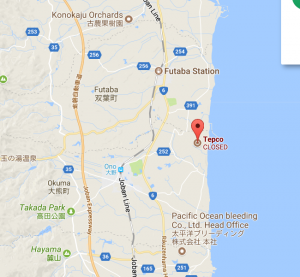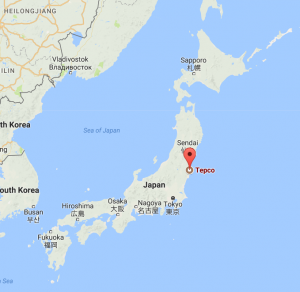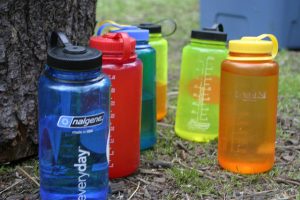
While I love cooking with onions, I absolutely hate cutting them. The stinging I feel when I slice through an onion is a sensation that I am very familiar with; however, I am not as familiar with the reason why. Like me, researchers were unsure what exactly happens between slice and tears, until a recent study on the structure of the enzyme responsible for the burning sensation when cutting onions, Lachrymatory Factor Synthase.
It was known that, when chopping onions, the broken cells’ cytoplasm releases amino acid sulfoxides that the onion enzyme, allinase, converts to volatile sulfenic acids responsible for the onion’s aroma and flavor. Another enzyme that is released as the cell breaks is lachrymatory factor synthase, or LF synthase. This enzyme converts select sulfenic acids into propanethiol S-oxide, another volatile sulfur gas that, when reaches the water in our tears, produces sulfuric acid. The acid irritates our eyes, which produces the burning sensation and more tears, further increases the burning. While research on allinase, a common enzyme found in plants responsible for producing volatile compounds, is well known, LF synthase is a new idea to the process.
Before 2002, it was believed that allinase produced the tear causing gas from the beginning of cell rupture; however, when a Japanese food company tested the theory, they discovered another enzyme, LF synthase, is really responsible. In order to really understand the complete mechanism, researchers needed to know the structure of LF synthase. And now we do.
Researchers in Ohio wanted to know what LF synthase looked like to gain insight into the enzyme’s role in the onion’s volatile gas mechanism. To do this, they analyzed the structure of the enzyme through X-ray crystallography after crystallizing the enzyme. When compared to the structure of other plant proteins, they were able to identify the enzyme’s active site and propose a mechanism of propanethiol S-oxide production.
With this new piece of the puzzle, we now have a greater understanding of why we cry when chopping onions. Perhaps, one day, they will use this information to produce onions that do not result in tears. Until then, I will continue to dread making French onion soup.
Perhaps you could also try this man’s trick to cutting onions without tears. 
Lori Waugh









